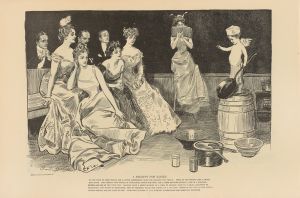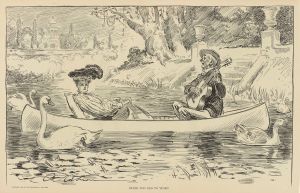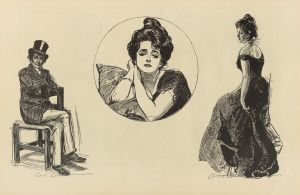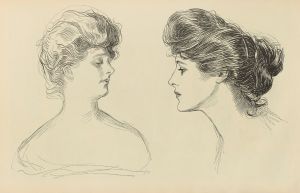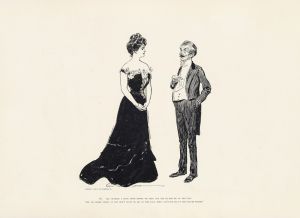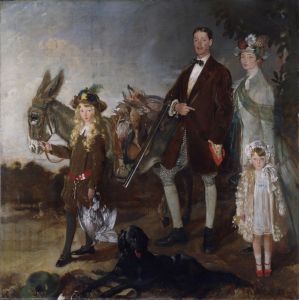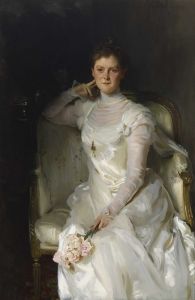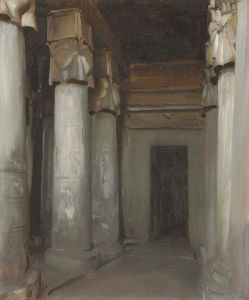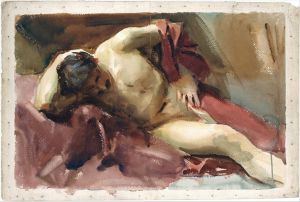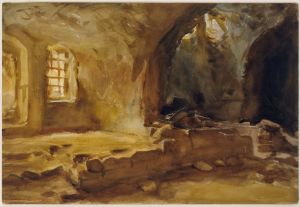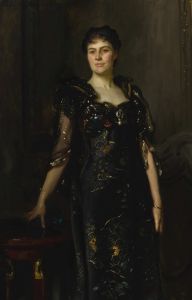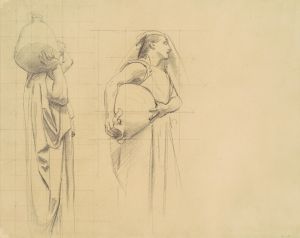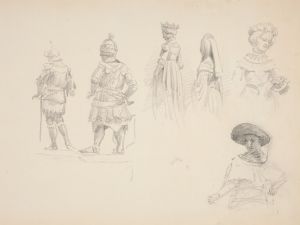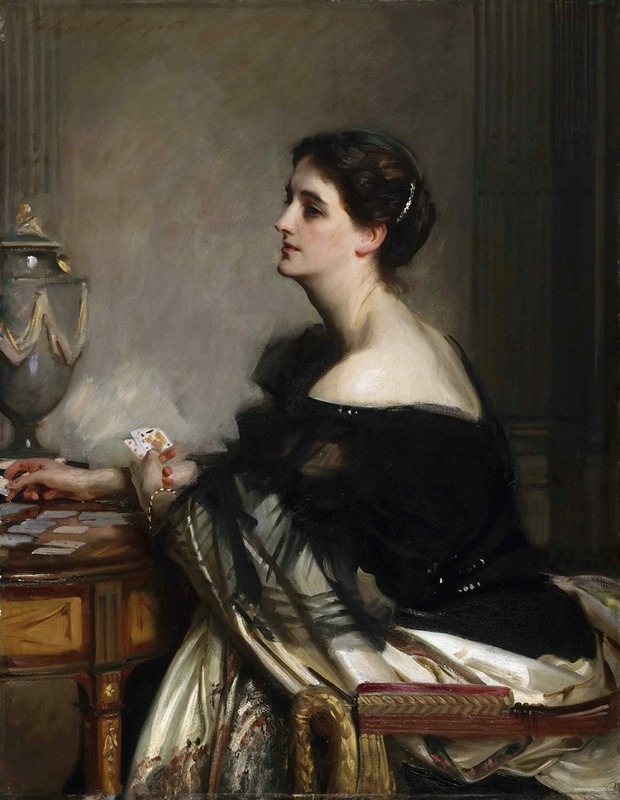
Sybil Frances Grey, later Lady Eden
A hand-painted replica of John Singer Sargent’s masterpiece Sybil Frances Grey, later Lady Eden, meticulously crafted by professional artists to capture the true essence of the original. Each piece is created with museum-quality canvas and rare mineral pigments, carefully painted by experienced artists with delicate brushstrokes and rich, layered colors to perfectly recreate the texture of the original artwork. Unlike machine-printed reproductions, this hand-painted version brings the painting to life, infused with the artist’s emotions and skill in every stroke. Whether for personal collection or home decoration, it instantly elevates the artistic atmosphere of any space.
"Sybil Frances Grey, later Lady Eden" is a portrait painted by the renowned American artist John Singer Sargent. The painting features Sybil Frances Grey, who later became known as Lady Eden after her marriage. Sargent, known for his exceptional skill in portraiture, captured Sybil Frances Grey with his characteristic style that combines realism with a keen sense of the subject's personality and social status.
John Singer Sargent (1856-1925) was one of the leading portrait painters of his time, celebrated for his ability to render his subjects with both technical precision and psychological depth. He was born in Florence, Italy, to American parents and spent much of his career traveling and working in Europe and the United States. Sargent's portraits are known for their elegant composition, masterful use of light and shadow, and the lifelike quality of his sitters.
Sybil Frances Grey was a member of the British aristocracy. She was born into the Grey family, which had significant social standing in the United Kingdom. Her marriage to Sir William Eden, 7th and 5th Baronet, further elevated her status, and she became known as Lady Eden. Sir William Eden was a notable figure himself, being an artist and a collector, which likely influenced the commissioning of her portrait by Sargent.
The portrait of Sybil Frances Grey by Sargent is a testament to the artist's ability to capture the essence of his subjects. The painting showcases her in a poised and graceful manner, reflecting her aristocratic background. Sargent's use of light in the portrait highlights her features and the texture of her clothing, adding a sense of realism and depth to the work. The background is typically understated, ensuring that the focus remains on the sitter.
Sargent's portraits often reveal much about the social context of the time, and this painting is no exception. It provides insight into the fashion, demeanor, and expectations of women in the upper echelons of society during the late 19th and early 20th centuries. The elegance and refinement depicted in the portrait are indicative of the standards and ideals of the British aristocracy.
The painting of Sybil Frances Grey, later Lady Eden, is part of Sargent's extensive body of work, which includes portraits of many prominent figures of his era. His ability to convey the personality and status of his subjects has made his portraits highly valued and studied in the art world. Sargent's work remains influential, and his portraits continue to be celebrated for their artistic excellence and historical significance.
In summary, "Sybil Frances Grey, later Lady Eden" by John Singer Sargent is a distinguished portrait that exemplifies the artist's skill in capturing the essence of his subjects. It reflects the social standing and elegance of Sybil Frances Grey, providing a window into the world of the British aristocracy during Sargent's time. The painting is a fine example of Sargent's mastery in portraiture and his ability to create lifelike and compelling representations of his sitters.





